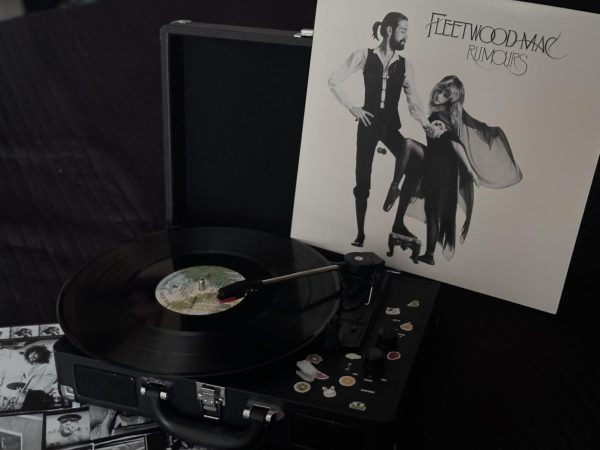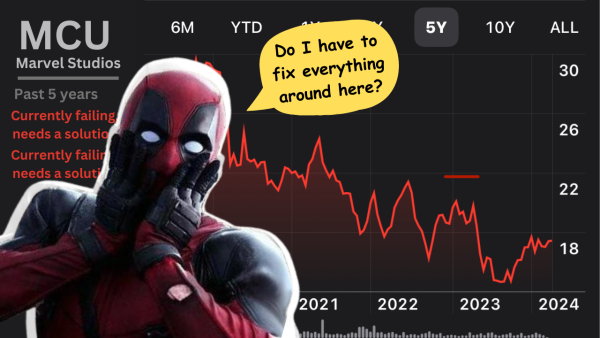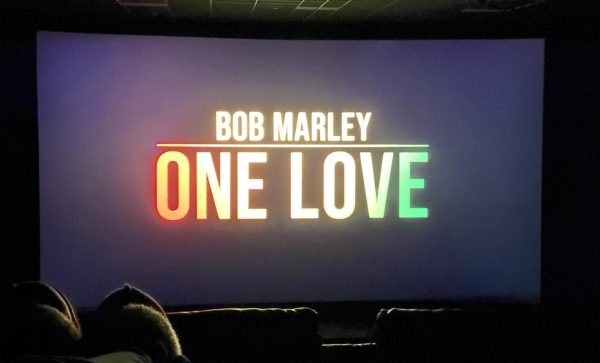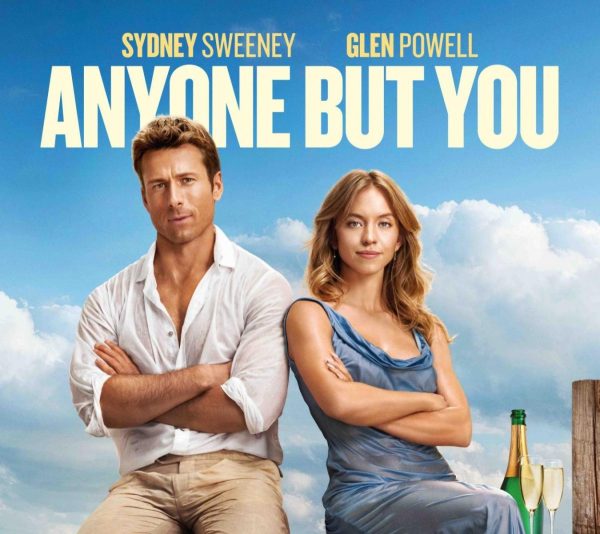Streaming Services: A Gift and a Curse
The next stage of entertainment may not be as great as it seems
Paige Bostic watches Netflix on her phone, one of the many streaming sites available.
August 16, 2019
With commercial internet becoming dramatically more sophisticated and accessible over the past 15 years, human culture has been taking the leap into cyberspace. Communication, news, shopping, music, and more recently, entertainment. Streaming has become increasingly popular over the past 10 years or so. Most people have at least one, if not more. And if you don’t have one, you definitely know someone who does. But is streaming the future of entertainment, or just a passing fad?
The benefits of streaming media are fairly plentiful. Streaming services are relatively cheap, often $7-10 a month. Compared to services like Netflix and Hulu, the average cable bill costs between $15 -85 a month (depending on the package you purchase.) Along with price, streaming services have gained a foothold in consumer interest with their approach to advertising. Despite being extremely expensive compared to their convenient, occasionally ad-free rivals, broadcast television is still structured around the same ad model used for decades; with 8 minutes of a typical 30 minute episode of television being exclusively commercials.
Unlike cable, AM and FM radio are completely free. But as a result of this, radio stations can only make money off of ad revenue. In contrast, services like Apple Music and Spotify Premium offer all the music on their respective platforms for $10 a month, not only without ads, but also with the ability to download music for offline listening, and better listening experience. Finally, streaming services can offer opportunity for niche creators to gain exposure. Platforms like Bandcamp and SoundCloud have been a great asset for finding music in the underground. Netflix, Hulu, and to a greater degree Crunchyroll have found a market in streaming anime, a medium that has remained fairly niche in the states up until the last decade or so.
While streaming has a lot of respectable benefits, it also has downsides that are rarely considered by the majority of people that use them. First, most streaming services operate on the licensing of content, rather than outright purchasing the rights to a movie or T.V. show. This means that a company like Netflix, is entering a contract with whoever owns the rights to the content they want on their platform. The content remains on the platform for a set amount of time, and once this period is over Netflix has the option of renewing the license.
This model presents a major problem for both the consumer and the company. To put it simply, it’s expensive. According to an article by Investopedia, Netflix was reported to have spent $13 billion on content licensing in 2018. Because of how great of an investment it is to stream media this way, the only viable way for them to make a profit is to exclusively stream what’s popular. If you have a favorite show or movie on Netflix, you better hope it can become popular. Otherwise, Netflix will drop it to keep their bottom line. Even the service’s heaviest-hitters like Friends and The Office are leaving due to the astronomical licensing costs. Additionally, many studios have been pulling rights to their media that was previously on other streaming services, to create their own rival services.
As with all online platforms, saturation and quality control have also become an issue. Soundcloud gives an opportunity for anyone to upload and promote their music. But that includes people who don’t have the talent to be making music to begin with. More recently, Netflix has been trying to cut down on licensing the big properties by slapping their logo on whatever low-budget project they can produce, and passing it off as an original series. On top of all this, the services mentioned are only a select few of over 100 companies stumbling over each other to take the leap into the digital marketplace. Because of this, streaming as a whole could be facing the same issue that has been plaguing cable television for a while; a hoard of consumers, overwhelmed and unwilling to sort through endless options to watch only one or two shows they’re interested in.
Whether we like it or not, streaming may be the future of entertainment. Like all things, it can only improve with time and skepticism. Keep that in your mind the next time you log into your accounts.




























